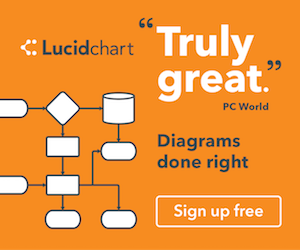Data Visualization For Business Analysts
/The idea of representing data visually has been around for ages. In the business setting, we visualize data to help decision-makers grasp difficult concepts or identify new patterns, often using pie charts, graphs, infographics, and other visual aids.
Read More



















